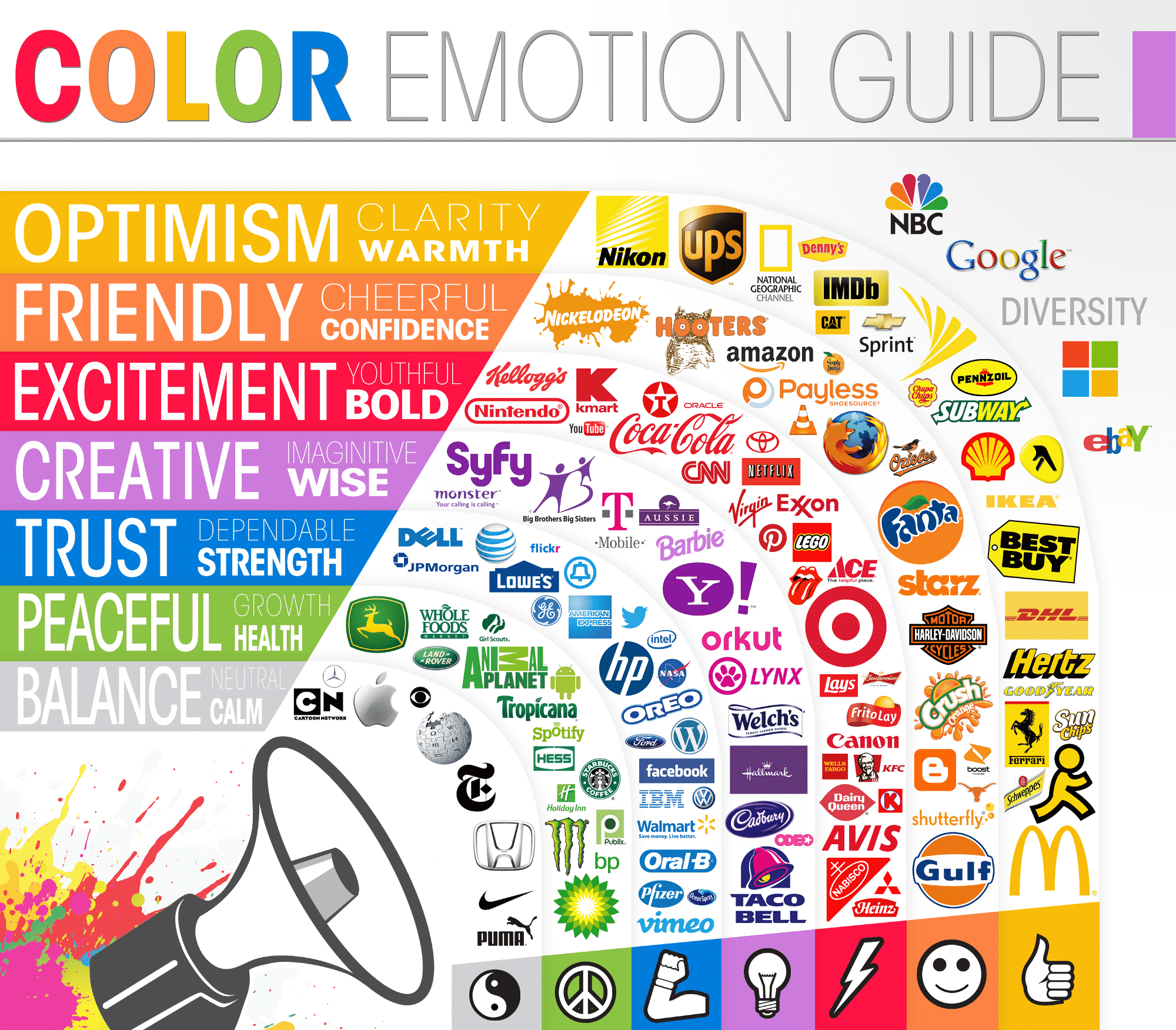The Role of Color Psychology in UI Design
 by Gabriel Ryan
by Gabriel Ryan

Introduction
Color plays a crucial role in user interface (UI) design, as it has the power to evoke emotions, influence behavior, and shape user experiences. Understanding color psychology and its impact on users can greatly enhance the effectiveness of UI design. In this blog post, we will explore the significance of color psychology in UI design and how it can be leveraged to create visually appealing and user-friendly interfaces.
1. Understanding Color Psychology
Color psychology is the study of how colors affect human behavior and emotions. In UI design, understanding color psychology is crucial as it can greatly impact the user experience.
2. Creating a Positive User Experience
Colors have the power to evoke certain emotions and feelings. By using the right colors in UI design, designers can create a positive user experience. For example, warm colors like red and orange can create a sense of excitement and energy, while cool colors like blue and green can evoke a feeling of calmness and relaxation.
2.1 Using Warm Colors
Warm colors are often used to grab the user’s attention and create a sense of urgency. They can be effective in highlighting important elements such as call-to-action buttons or notifications. However, it’s important to use warm colors sparingly to avoid overwhelming the user.
2.2 Using Cool Colors
Cool colors are commonly used in UI design to create a sense of trust and reliability. They are often associated with professionalism and can be used to convey a sense of security. Cool colors are particularly effective in financial or healthcare applications where trust is crucial.
3. Establishing Brand Identity
Colors play a significant role in establishing brand identity. Consistency in color usage across different UI elements helps users recognize and associate the colors with a particular brand. This helps in building brand loyalty and recognition.
3.1 Choosing the Right Color Palette
When selecting a color palette for UI design, it’s important to consider the brand’s personality and target audience. Different colors have different meanings and associations, so it’s crucial to choose colors that align with the brand’s values and message.
3.2 Using Color Contrast
Color contrast is essential in UI design as it helps improve readability and accessibility. By using contrasting colors for text and background, designers can ensure that the content is easily readable for all users, including those with visual impairments.
4. Enhancing Usability and Navigation
Colors can also be used to enhance usability and navigation in UI design.
Summary
Color psychology is the study of how colors affect human behavior and emotions. When it comes to UI design, color choices can significantly impact the overall user experience. Different colors evoke different emotions and associations, and understanding these psychological effects can help designers create interfaces that resonate with users on a deeper level.
By utilizing color psychology, UI designers can strategically select colors that align with the intended message, brand identity, and target audience. For example, warm colors like red and orange can create a sense of urgency or excitement, while cool colors like blue and green can evoke feelings of calmness and trust. Additionally, color contrast and hierarchy can be used to guide users’ attention and improve readability.
Furthermore, cultural and personal associations with colors should also be taken into consideration. Colors can have different meanings and interpretations across various cultures, so it is important to conduct thorough research and ensure that the chosen color palette is culturally appropriate and inclusive.
In conclusion, color psychology plays a vital role in UI design by influencing user emotions, behavior, and overall experience. By understanding the psychological effects of different colors and considering cultural associations, designers can create visually appealing and user-friendly interfaces that effectively communicate the intended message and resonate with the target audience.
- Q: What is color psychology in UI design?
- A: Color psychology in UI design refers to the study of how different colors can evoke specific emotions, influence user behavior, and impact the overall user experience.
- Q: How does color psychology affect user perception?
- A: Color psychology affects user perception by creating certain associations and triggering emotional responses. For example, warm colors like red and orange can convey energy and excitement, while cool colors like blue and green can evoke a sense of calmness and trust.
- Q: What are some common color associations in UI design?
- A: Common color associations in UI design include red for urgency or importance, green for success or confirmation, yellow for caution or warning, and blue for trust or reliability. However, these associations can vary depending on cultural and personal interpretations.
- Q: How can color be used to guide user attention?
- A: Color can be used to guide user attention by using contrasting colors to highlight important elements or by using a limited color palette to create visual hierarchy. Bright or saturated colors tend to attract more attention compared to muted or desaturated colors.
- Q: What considerations should be made when choosing colors for UI design?
- A: When choosing colors for UI design, it is important to consider the target audience, cultural connotations, accessibility for color-blind users, and the overall brand identity. Conducting user research and testing can help ensure that the chosen colors effectively communicate the intended message.

Hello, I’m Gabriel Ryan, a passionate and experienced Digital Marketing Manager specializing in Web Hosting, Digital Marketing, E-commerce Solutions, and UI/UX Design. With a deep understanding of the digital landscape and a knack for creating effective online strategies, I strive to help businesses thrive in the ever-evolving digital world.
Introduction Color plays a crucial role in user interface (UI) design, as it has the power to evoke emotions, influence behavior, and shape user experiences. Understanding color psychology and its impact on users can greatly enhance the effectiveness of UI design. In this blog post, we will explore the significance of color psychology in UI…
Recent Posts
- Navigation Best Practices: Making Your Website User-Friendly
- The Role of Color Psychology in UI Design
- Understanding User Personas: Tailoring Design to Your Audience
- Mobile UI Design: Crafting Seamless Experiences for Small Screens
- The Connection Between Good UX Design and Increased Conversion Rates
- Investing in Cryptocurrencies: Understanding the Underlying Blockchain Technology
- Challenges and Limitations of Integrating Blockchain in Your Business
- Blockchain in Supply Chain: Enhancing Transparency and Accountability
- The Future of Finance: How Blockchain is Transforming the Banking Industry
- Blockchain and Cybersecurity: Protecting Data Integrity
